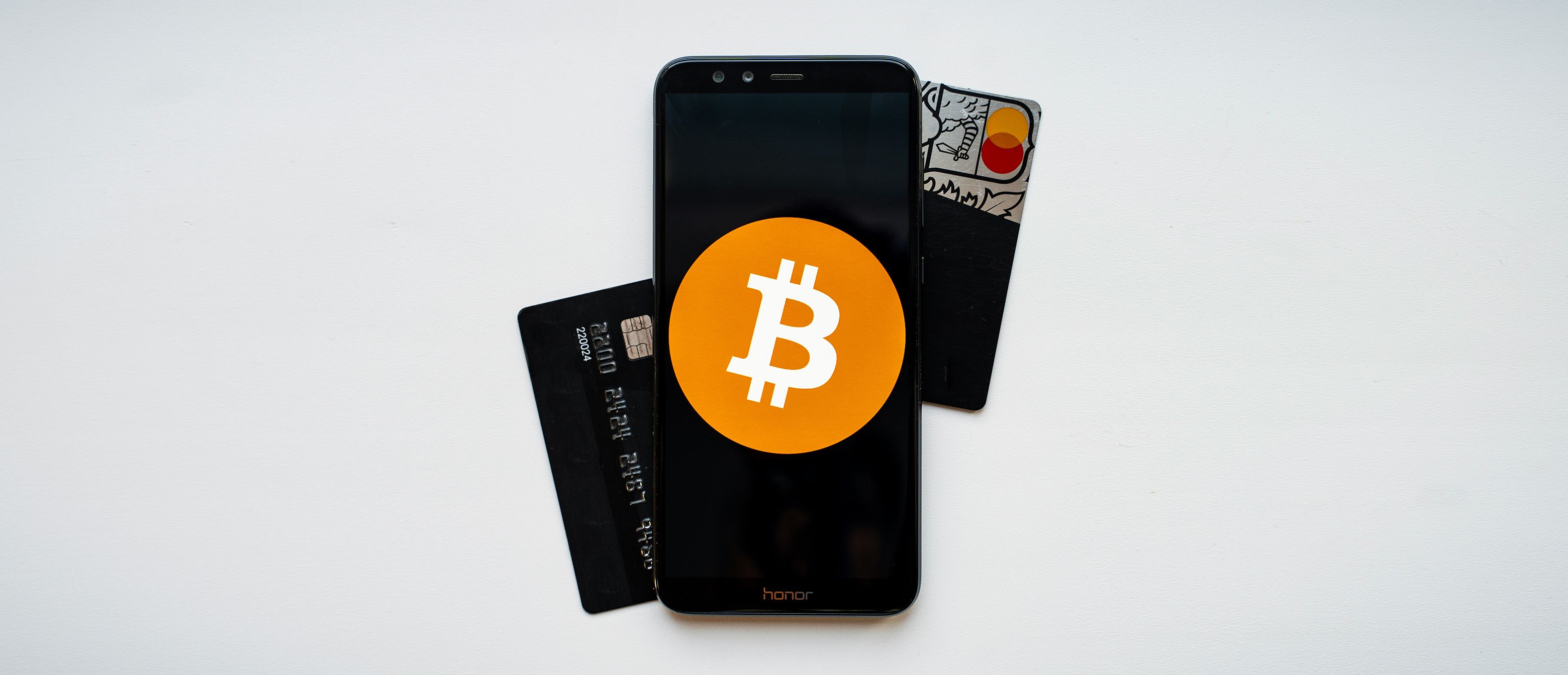 8 min
8 min 540
540The Future of Crypto Acquiring: Accepting USDT, BTC, and Stablecoins in 2025
Discover how crypto acquiring is transforming merchant payments. Learn how businesses can easily accept stablecoins like USDT and BTC with secure, low-fee solutions.

Bank acquiring often means high fees, payout delays, and regional restrictions. Cryptocurrency acquiring removes these barriers, offering faster settlements and global reach.
Introduction
Traditional finance faces high fees and cross-border barriers. Meanwhile, the blockchain economy grows rapidly. By mid-2025, stablecoins reached a total market capitalization of $166 billion. More importantly, transaction volumes exceeded $8.9 trillion in the first half of 2025.
This turnover shows that cryptocurrency is becoming part of the real economy. According to Deloitte (July 2025), 23% of CFOs expect their companies to use crypto assets for investments or payments within two years.
The reason is simple: even outside expensive banking jurisdictions, international B2B transfers cost 2–3% and take at least one day. Crypto acquiring performs the same operation within minutes at lower cost.
Another driver: weak financial infrastructure in developing markets. Instead of building traditional systems from scratch, businesses adopt crypto merchant services and stablecoin payments directly.
This article explains:
▪️ how crypto acquiring works in practice;
▪️ why stablecoin payments is more profitable than Bitcoin;
▪️ how a crypto payment gateway operates;
▪️ which services support crypto acceptance.
How Crypto Acquiring Helps Businesses
Crypto acquiring is more than a wallet QR code. It’s a complete B2B service that automates crypto merchant services and crypto payment acceptance.
Example: you sell an online course. Clients can come from anywhere — from Brazil to Vietnam.
Typical issues with card payments:
❌ The bank blocks the transaction as suspicious.
❌ Your payment gateway doesn’t support the client’s region.
❌ Double currency conversion costs 5–7%.
With crypto, the process is easier:
💵 The client pays in USDT and transfers, for example, $100 on the BSC network.
💵 The money is yours in a minute.
💵 Network fee: $0.01 or less.
💵 Gateway fee: 0.25–0.5%. For example, at Volet.com: 0.25%.
The main advantage of crypto acquiring is speed and simplicity.
✅ Funds arrive almost instantly, without hold periods typical of traditional acquiring.
✅ Fees are several times lower than bank fees.
✅ No chargebacks — refunds if the buyer is dissatisfied with the service.
✅ No bank account required.
✅ Traditional acquiring, including compliance checks, can take months. Crypto acquiring is activated in 1–2 days — convenient for international and digital businesses.
Crypto acquiring uses the same integration methods as traditional acquiring, so development is familiar.
It also has an advantage: with smart contract integration, the buyer pays in a couple of clicks through MetaMask. No need to enter card details or wait for SMS codes.
For businesses looking to expand their payment options, the decision to accept crypto payments can open up new markets and streamline financial operations.
BTC or Stablecoins?
Accepting crypto payments isn’t limited to Bitcoin. Taking BTC or ETH is similar to accepting Tesla shares: while the transaction is processed, the dollar value may change. You receive the payment, but if the exchange rate drops, its real value decreases. With Ethereum, network gas fees during high load can further reduce the final amount.
For this reason, it’s more profitable to work with inexpensive but stablecoins. Most businesses rely on payments in USDT, USDC, or DAI. Their exchange rate is pegged 1:1 to the US dollar, making them ideal digital cash: a client pays $100 in USDT→ you receive $100 in USDT (minus a small fee).
Popular low-cost blockchain networks:
- BEP-20 (BNB Smart Chain): fast, inexpensive, sometimes nearly free.
- Polygon and Solana: fast-growing options with low fees.
- TRC-20 (Tron): widely used for USDT; transactions cost $1–2 and complete within a minute.
Conclusion: stablecoin payments offer businesses stability and predictability in crypto payments.
How a Cryptocurrency Payment Gateway Works
Here’s how a client and business interact via a crypto payment gateway.
▪️ client selects crypto payment, specifying the coin and network (e.g., USDT on BSC). The gateway creates an invoice, recording the exact amount, exchange rate, and transaction address from the pool.
▪️ Depending on integration, the store either displays payment details (address, QR code, amount) or redirects the client to the gateway’s payment page.
Next, the client can pay in one of two ways:
Copy the address or scan the QR code and manually send cryptocurrency from their wallet (Binance, Trust Wallet, or other).
If supported, click Connect Wallet, select MetaMask, and sign the transaction — no manual copy-paste or address errors.
The gateway monitors the blockchain. Once the transaction reaches the required confirmations, it marks the payment as Paid. The client sees a success page, and the business fulfills the order. USDT is credited to your account in the service, with options to withdraw or convert automatically to fiat.
Benefits for businesses: accept cryptocurrency via a crypto payment gateway and receive euros or dollars without handling coins directly. This reduces exposure to volatility and simplifies legal compliance for storing digital assets.
Classic Acquiring vs. Crypto
Let’s compare why more businesses are switching to cryptocurrency payments.
| Classic Acquiring | Crypto Acquiring | |
| Commission | 0.5%–5% (depends on turnover and business risk) | 0,25%–0,5% |
| Transfer speed | 1–3 banking days (T+1, T+3) | From 1 minute to 1 hour (depends on network) |
| Geography | Limited (partner banks, sanctions, regional blocking) | Global coverage |
| Chargebacks | Yes, but create difficulties for business | None — blockchain transactions are irreversible |
| Rolling reserve | Часто применяется для high-risk бизнеса (банк страхуется) | Практически отсутствует, если сервис — легальный |
Conclusion: for international businesses, crypto acquiring reduces operating costs and provides access to a global audience while enabling stablecoin payments and crypto merchant services.
How to Choose a Cryptocurrency Acceptance Service
The B2B crypto processing market is expanding. Platforms range from large licensed providers to anonymous scripts. Key considerations when selecting a service.
Transparent fees
Avoid services claiming 0% commission — they often profit from withdrawals or hidden spreads. For example, you might receive $98 instead of $100 after conversion. Choose services with clear fees. For example, at Volet, transactions start at 0.25%, available to all clients, while similar rates in the market are usually reserved for large businesses.
Auto-Conversion to fiat
Auto-conversion is a must-have if you don’t want to take risks. Before choosing a service, check which currencies are converted and which banking systems are supported. At Volet.com, this includes SEPA, SWIFT, CIPS, FPS, and local bank transfers.
Integration and API
A reliable gateway provides detailed API documentation and ready-made modules for popular CMS (WordPress, OpenCart, Shopify). Simple HTML buttons indicate a basic, beginner-level solution. When you decide to accept crypto payments, selecting a service with robust integration tools is crucial for a smooth setup.
Conclusion: Which Businesses Are Suited to Crypto Acquiring?
Businesses with an international client base: solves geoblocks, high conversion fees, and slow cross-border payments.
Digital goods and services: IT, SaaS, online courses, hosting, domains, freelance services.
High-risk businesses: iGaming, certain affiliate marketing niches.
Businesses seeking to reduce operating costs: crypto acquiring commissions of 0.25% (e.g., Volet.com) vs. 2.5–5% for traditional acquiring provide significant savings at high turnover.
Companies targeting a technologically advanced audience: cryptocurrency users often have above-average solvency.
Ultimately, any forward-thinking business with a digital presence can benefit from the decision to accept crypto payments.
FAQ
What is crypto acquiring?
Crypto acquiring is a technological solution for businesses that simplifies accepting crypto payments. While a QR code on a website is a manual and limited payment method, acquiring provides full automation:
— automatically generates invoices for customers;
— tracks receipt of funds in the blockchain;
— sends a signal to the website that the order has been paid.
Unlike a bank, crypto acquiring operates globally, is faster, and has lower fees.
How does accepting crypto payments work in practice?
Cryptocurrency payments via a gateway eliminate manual work. The customer pays for a product or service, receives a unique address and the exact amount. After the transfer, the system automatically verifies the transaction on the blockchain.
Once enough confirmations are received, the gateway notifies your website via the API that the funds have been received. You then choose whether to store the cryptocurrency on your balance or automatically withdraw it as fiat currency to your bank account.
What are the advantages of stablecoin payments?
The main advantage of stablecoins (such as USDT or USDC) is stability. Their exchange rate is pegged 1:1 to the dollar, eliminating currency risk.
Unlike BTC payments, where the exchange rate can fluctuate significantly during transfers, with stablecoins, profits are not lost.
What is a cryptocurrency payment gateway?
A cryptocurrency payment gateway is an engine that manages all crypto payments. It connects your website, client, and the blockchain, providing an API or ready-made modules.
The gateway creates crypto invoices, tracks transactions on the network, and notifies the website when the goods can be shipped. Simply put, it outsources the entire technical side of crypto transactions.
What services are available for accepting cryptocurrency?
Services for accepting cryptocurrency are generally divided into two types:
- Custodial (e.g., BitPay): all-in-one: they store funds, convert them to fiat, but require KYC and hold the keys themselves.
Non-custodial (e.g., 0xProcessing): software only: you control the keys and coins yourself, and perform the conversion to fiat yourself.
Risks and Gray Areas of Cryptocurrency Acquiring
In most countries, cryptocurrency is classified as a digital asset or property. This creates legal restrictions: businesses cannot simply issue a tax receipt for sales in USDT. Using crypto may require complex legal structures, adding risk.
Risk of loss of funds
Banks are state-insured; crypto services are not. If the platform where you store, for example, $50,000 in USDT, is hacked or the owners suddenly decide to close (an exit scam), it will be impossible to recover the money.
💡 Recommendations:
— Avoid storing large amounts on a gateway balance.
— Use non-custodial solutions.
— Accept funds directly to your own crypto wallet.
— Set up frequent automatic withdrawals.
Regulatory risks
Crypto networks are monitored. There are services that flag funds associated with illegal activity or the darknet (dirty crypto).
Accepting such funds through payment systems may result in blocked transactions. To minimize risk, it is better to use ready-made solutions from a crypto payment gateway with built-in filters for dirty crypto rather than processing transfers directly to your address.





















